People smuggling in the Balkans is good business, and experts agree that it's also very lucrative. In 2020 alone, the estimated value of this market at the border between Serbia, Hungary and Romania was around €10 million, the Serbian website of Euronews reports. The Center for Migrants and Asylum Seekers estimates that there are currently 5,000 illegal immigrants in Serbia, and more than 70,000 have crossed the country this year.
Hungary’s border fence does stop migration
Armed clashes linked to migrants typically take place between rival gangs of illegal migrants, with people smuggling gangs in the background.
The clashes are about territory and clients,
– Milica Svabics, a staffer at the Belgrade-based NGO KlikAktiv - founded in 2014 with a view to providing help for migrants - told Euronews. She added that the majority of migrants hiding in reception centers and illegal camps are of Afghan or Syrian descent. Ms Svabics also pointed out that the Hungarian border fence is causing the westbound gangs to stall in Serbia and stay in the region for longer periods. And the most obvious way for them to get through this period and explore alternative solutions is to track down the criminal gangs involved in the people-smuggling business.
Despite the fact that there is a significant number of migrants among the people smugglers and that police seize large quantities of weapons and drugs in the camps used by unauthorized migrants, some migrant rights organizations still believe that these people should be allowed free passage to Europe.
According to Klikaktiv's employee quoted before, these individuals should be granted the same freedoms in the EU as refugees fleeing the Ukraine war, including their free movement, the provision of temporary residence permits, work documents and general protection, Ms Svabics says.
Serb authorities comb through everything
Meanwhile, Serbian police continue their operations along the Serbia-Hungary border with the aim of reinforcing security in the area, with the interior ministry continuing to post pictures and information on its social media on a regular basis. The Hungarian border has become an operational area of sorts since the last clashes between people smugglers at Horgos.

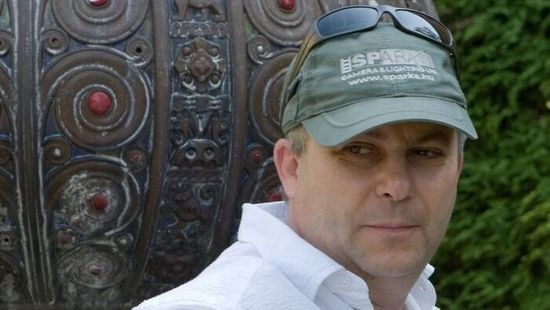
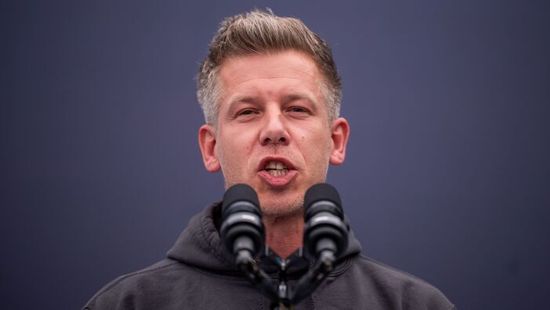
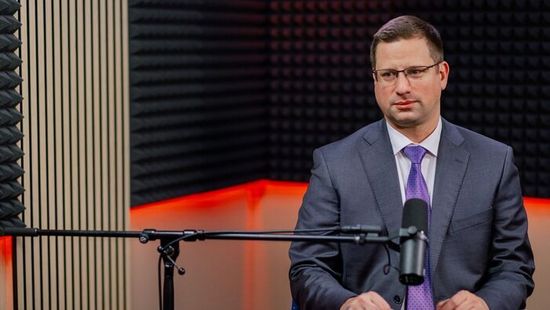




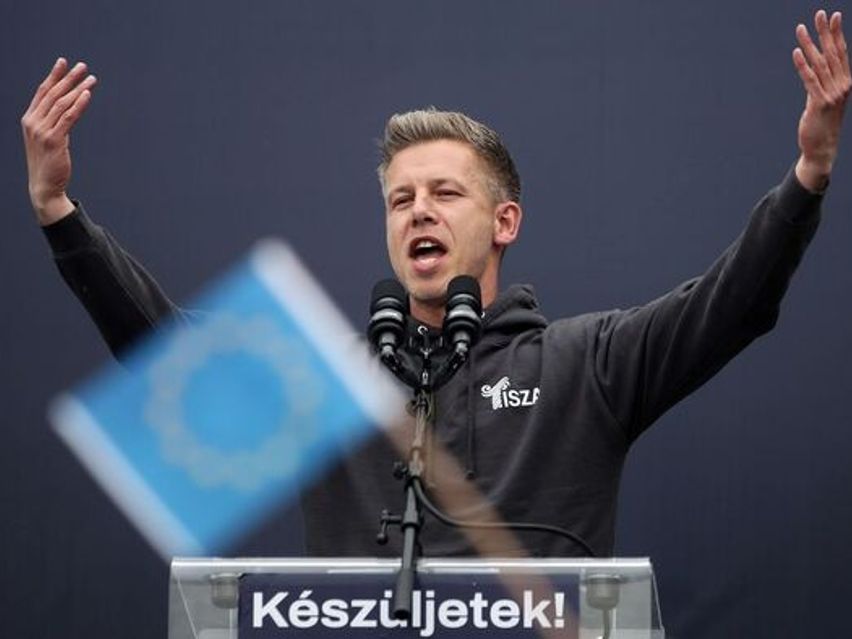








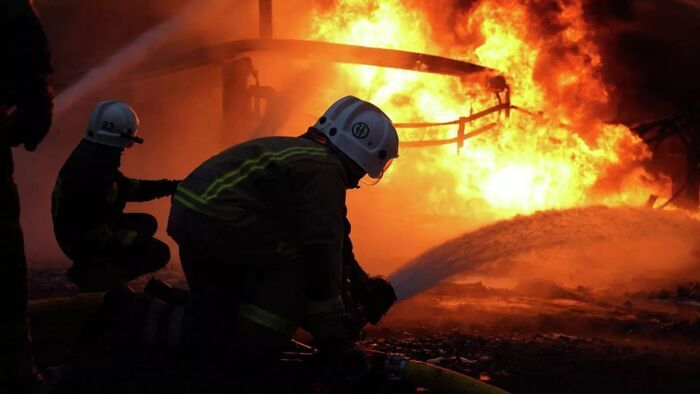





Szóljon hozzá!
Jelenleg csak a hozzászólások egy kis részét látja. Hozzászóláshoz és a további kommentek megtekintéséhez lépjen be, vagy regisztráljon!